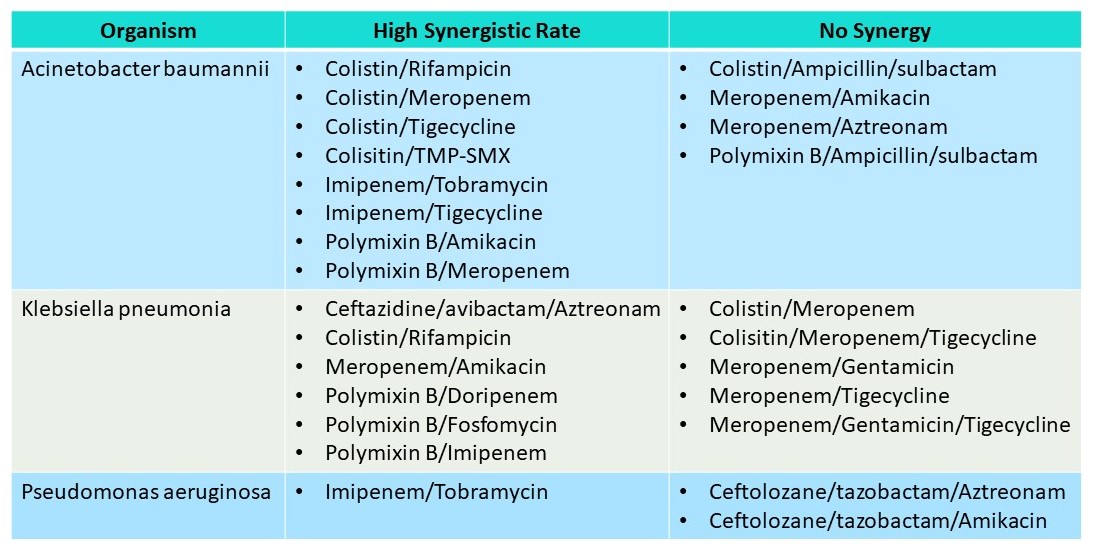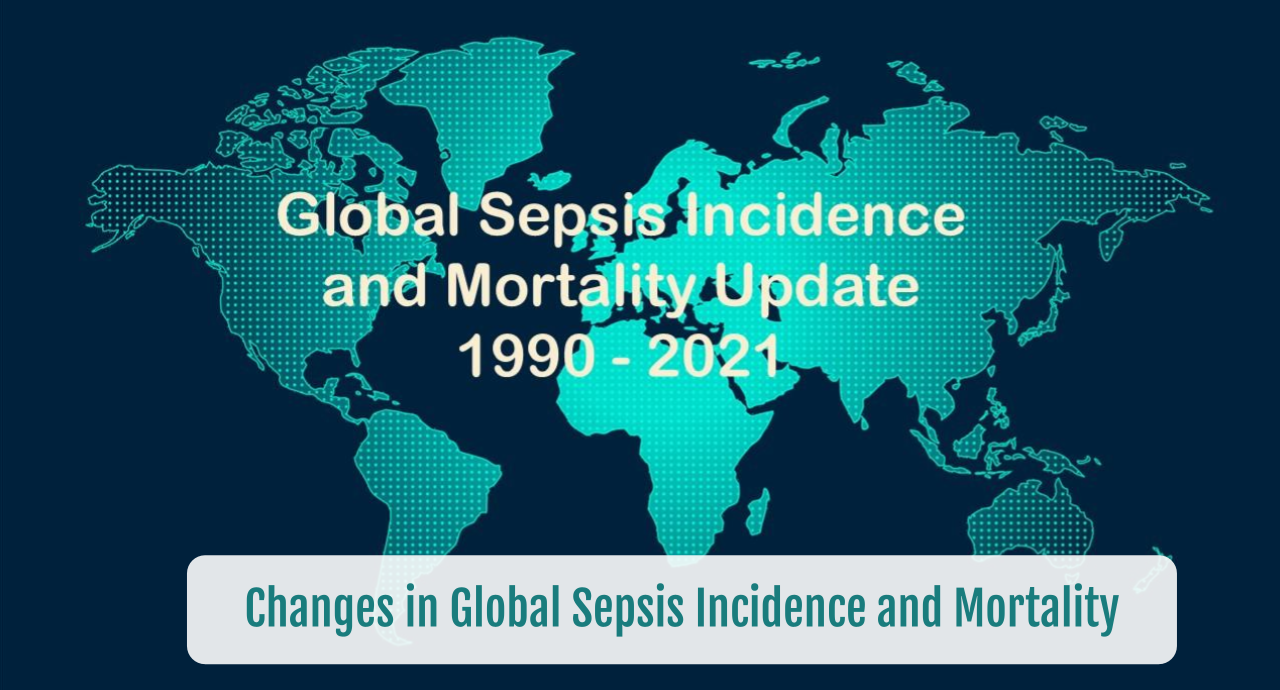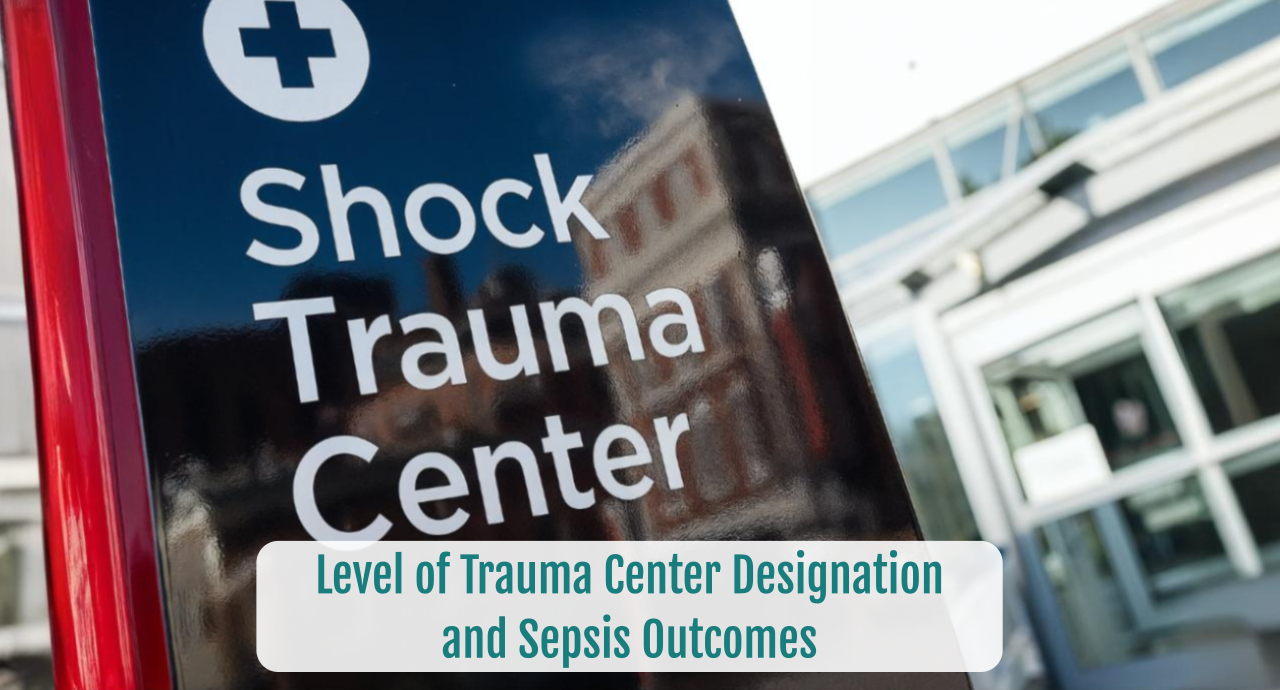Carbapenem Resistant Gram Negative Bacilli
Carbapenem Resistant Gram Negative Bacilli
SUMMARY
- The continued growth of multidrug resistant organisms, particularly carbapenem resistant Gram negative rods, places a heavy burden on the healthcare system globally
- Effective treatment regimens remain a challenge. Although combination therapy is typically used, robust evidence to support this strategy is lacking.
- There are specific combinations which appear to have a greater effective synergistic activity than others and are highlighted below.
- Certain combinations appear to lack synergistic activity.
BACKGROUND
- Widespread antibiotic use results in rapid emergence of multi drug resistant Gram negative bacilli (GNB) and poses a major public health concern, specifically carbapenem resistant GNB (CR-GNB).
- The World Health Organization has given high priority to CR-GNB, specifically Acinetobacter baumannii, Enterobacteraceae (specifically Klebsiella pneumonia) and Pseudomonas aureginosa.
- CR-GNB is a large threat due to:a. Increased incidence of these resistant pathogens has caused a global epidemic
b. Lack of safe and effective treatment options
c. High mortality rates associated with CR-GNB (up to 44%)
- Although treatment recommendations can be found for CR-GNB, there is a lack of evidence on the effectiveness of these combinations in well controlled trials.
- Most in vitro evaluations are limited to a single micro-organism and include only a small number of specific combinations.
- The COHERENCE Project is aimed to analyze data in sepsis patients on antibiotic combinations for treating CR-GNB
REVIEW
- A recent systematic and meta-analysis review by Scudeller et al (International J of Antimicrob Agents doi.org/10.1016/j.ijantimicag.2021.106344) reviewed 136 studies of CR-GNB to summarize synergy and antagonism of 182 antibiotic combinations.
- Results from in vitro data can help identify the potential use of antibiotic combinations in the face of the lack of verification by well conducted clinical trials.
- Each antibiotic combination was given an effect size based on pharmacokinetic/pharmacodynamics data or time-kill studies.
- Colistin and carbapenem based combinations were the most commonly assessed regimens.
- The table highlights the antibiotic combination with the highest synergistic effect size per organism as well as those combinations with no synergistic effect.
Antibiotic Synergistic Effect By CR-GNB Organism

CONCLUSIONS
- Compared to monotherapy, combinations increased bacteriocidal activity with lower re-growth rates.
- These combinations often include “old” antibiotics coupled with “new” antibiotics.
- There remains uncertainty if these combinations will improve clinical outcomes.
- Colistin/Rifampicin combinations appear to have high in vitro synergistic activity for A. baumannii and K pneumonia. Whereas, Imipenem/tobramycin provide the highest synergy for P. aeruginosa.
- Antibiotic stewards need clear direction on how to optimize the old and new antibiotic options in CR-GNB.
To receive articles like these in your Inbox, you can subscribe to Sepsis Program Optimization Insights.
Erkan Hassan is the Co-Founder & Chief Clinical Officer of Sepsis Program Optimization where he designs & oversees the implementation of solutions to optimize sepsis programs.
To discuss your organization’s Barriers of Effective Sepsis Care, contact Erkan by phone (844) 4SEPSIS (844-473-7747), email (erkan@spo.icu), or video chat.





